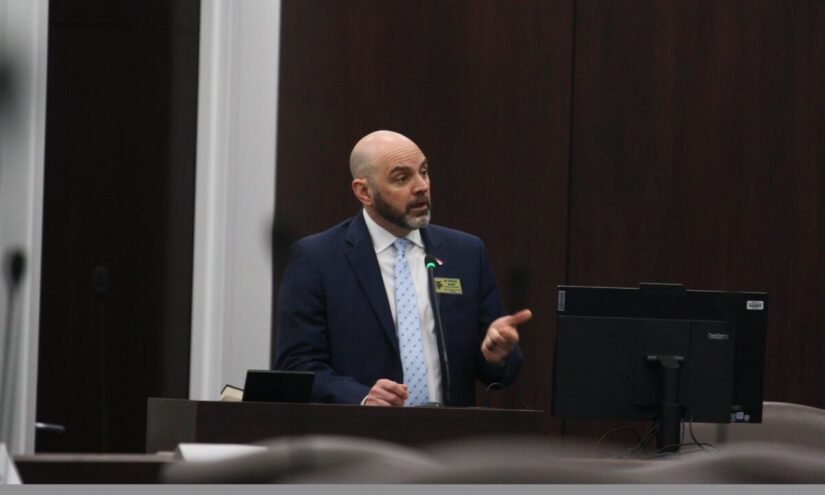During this summer, a team of students from MIT embarked on a journey to the sou …
Federal Funding Shortage Threatens Public Schools, DPI Toolkit Offers Solutions
Jennifer Livingstone

During the peak of the health crisis, approximately $122 billion in Emergency Relief (ESSER III) was distributed to states for Elementary and Secondary Schools to cater to student academic, social, emotional, and mental health needs. North Carolina was allocated $3.6 billion in addition to previous federal Covid relief funds.
Now, school districts are required to utilize these allocated funds by Sept. 30, referred to as “the funding cliff.” Recently, the Department of Public Instruction (DPI) officials introduced a “ESSER Funding Cliff Toolkit” to lawmakers during a House education reform meeting.
The toolkit aims to assist districts in making data-driven financial decisions for post-ESSER spending, according to DPI’s presentation.
“The toolkit is designed to provide strong support to public school leaders as they approach the conclusion of ESSER funding,” stated Dr. Michael Maher, DPI’s deputy state superintendent. “Our objective is to equip districts with the necessary toolkit to engage in meaningful discussions on the effectiveness of their spending strategies.”
During the pandemic, states received three phases of ESSER funding. The initial phase, approximately $13.2 billion, mainly focused on personal protective equipment and technology for safe school reopening. The subsequent two phases, totaling nearly $123 billion, were more flexible and aimed at bolstering academic and mental health initiatives in schools as they recovered from Covid.
DPI’s toolkit is specifically tailored to facilitate dialogues among district leaders like the superintendent, chief financial officer, and administrators responsible for financial decisions. Maher mentioned that the toolkit was shared with superintendents statewide last month and is complemented by regional sessions held in February.
The toolkit advises districts to exclude one-time expenditures from their Return on Investment (ROI) discussions. Potential interventions up for discussion include intensive tutoring, summer learning programs, and robotics initiatives.
“Districts are now tasked with the critical decision of whether to continue an intervention or not,” Maher explained. “Our goal is to provide them with the most accurate data available to guide them in making the best decision for their specific school context.”
The presentation highlighted various strategies for sustaining initiatives currently funded by federal relief funds:
- Seek specific grant opportunities from private or federal entities.
- Request additional funding from local county commissioners.
- Innovatively blend or overlap federal funding sources.
- Identify potential funding sources within the current budget.
Access DPI’s comprehensive presentation here and the complete toolkit here. Visit DPI’s dashboard to track ESSER spending by school district here.
Further insights on remaining funds and the fiscal cliff
In March 2021, State Superintendent Catherine Truitt established the Office of Learning Recovery and Acceleration to guide evidence-based decision-making for the educational recovery post-pandemic period, with a significant emphasis on optimal utilization of ESSER funds.
North Carolina received a total of around $6 billion in federal Covid funds for K-12 education, as stated by Maher in his address to lawmakers. Approximately $1.3 billion of North Carolina’s ESSER III funds were unallocated as of Oct. 31, according to a December report by The 74.

